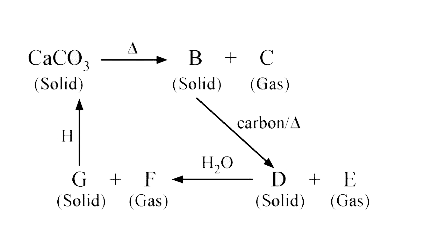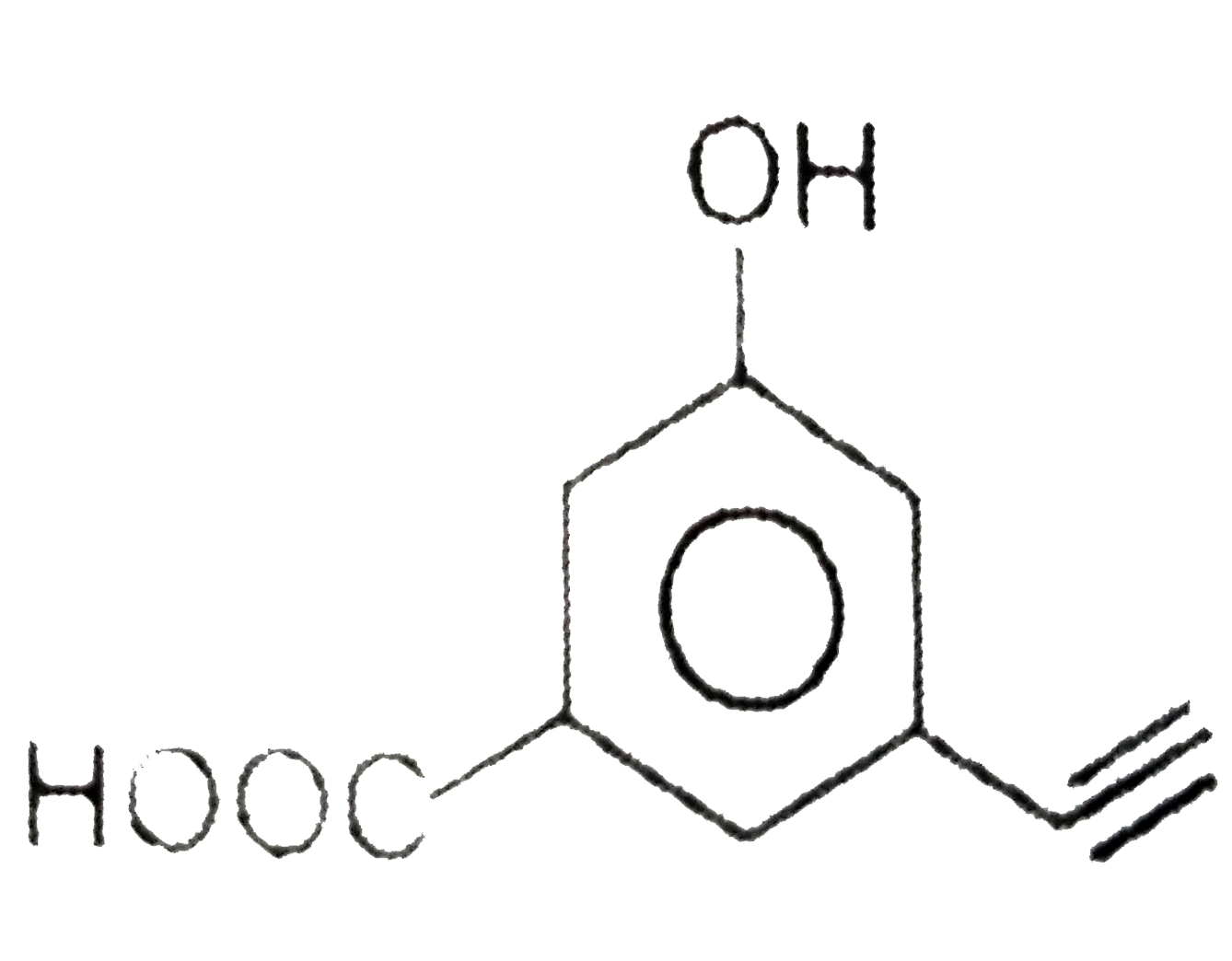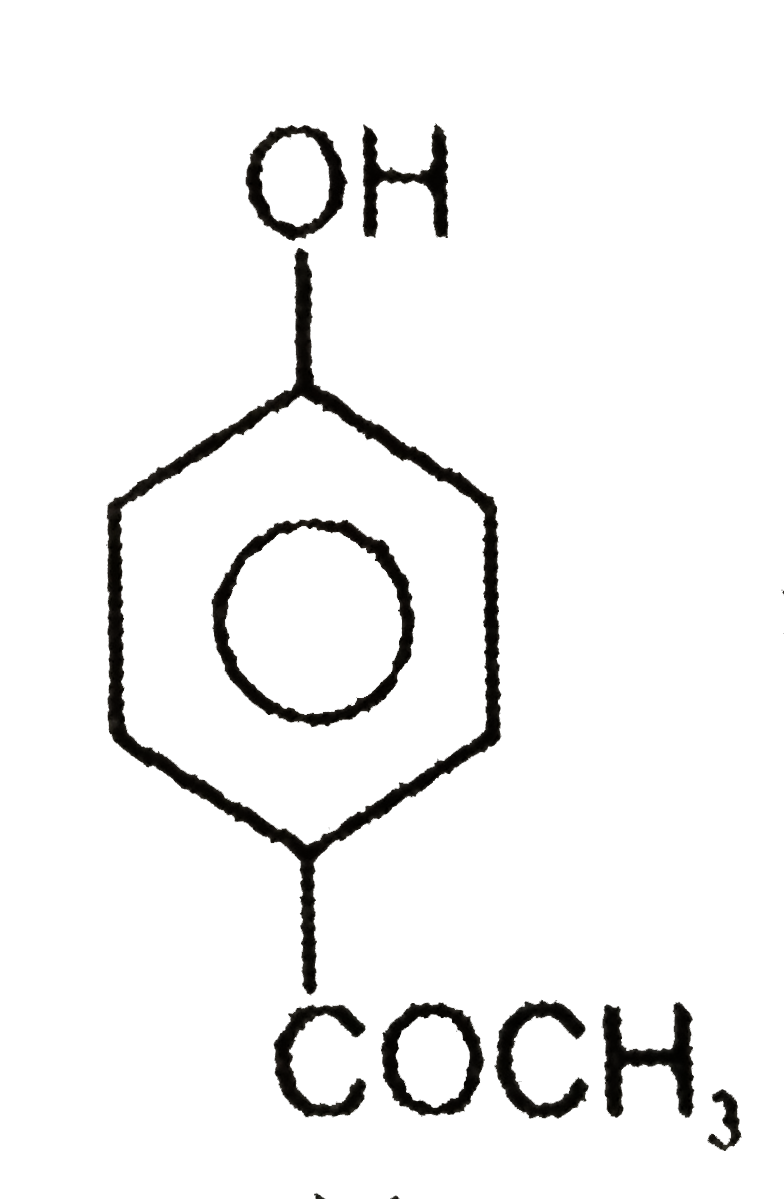About internal resistance of a cell, the correct statement is that it is
Constant for a given cell
Infinite
Finite and its value decreases with increase of time of use
Finite and its value increases with increase of time of use
To solve the question regarding the internal resistance of a cell, we need to analyze the statements provided and understand the concept of internal resistance in a cell.
1. Understanding Internal Resistance:
- Internal resistance is the resistance to the flow of current within the cell itself. It arises due to the materials and the electrolyte present in the cell.
2. Current Flow in a Cell:
- When a cell is connected in a circuit, current flows due to the movement of electrons from the negative terminal to the positive terminal through the electrolyte. The electrolyte facilitates this movement by allowing ions to carry charge.
3. Effect of Electrolyte Concentration:
- As the cell operates, the concentration of the electrolyte decreases. This decrease in concentration leads to a reduction in the number of ions available to carry charge.
4. Increase in Internal Resistance:
- With fewer ions available, the ability of the electrolyte to conduct electricity diminishes, resulting in an increase in internal resistance. This means that as the cell is used over time, it becomes harder for current to flow through it.
5. Final Value of Internal Resistance:
- The internal resistance has a finite value when the cell is new. However, as the cell continues to be used, the internal resistance increases. Eventually, if the electrolyte is depleted completely, the internal resistance can become infinite, meaning no current can flow.
6. Conclusion:
- The correct statement about the internal resistance of a cell is that it has a finite value and its value increases with time as the cell is used.
Answer:
The correct statement is: "It has a finite value and its value increases with increase of time of use."
---
- Internal resistance is the resistance to the flow of current within the cell itself. It arises due to the materials and the electrolyte present in the cell.
- When a cell is connected in a circuit, current flows due to the movement of electrons from the negative terminal to the positive terminal through the electrolyte. The electrolyte facilitates this movement by allowing ions to carry charge.
- As the cell operates, the concentration of the electrolyte decreases. This decrease in concentration leads to a reduction in the number of ions available to carry charge.
- With fewer ions available, the ability of the electrolyte to conduct electricity diminishes, resulting in an increase in internal resistance. This means that as the cell is used over time, it becomes harder for current to flow through it.
- The internal resistance has a finite value when the cell is new. However, as the cell continues to be used, the internal resistance increases. Eventually, if the electrolyte is depleted completely, the internal resistance can become infinite, meaning no current can flow.
- The correct statement about the internal resistance of a cell is that it has a finite value and its value increases with time as the cell is used.
The correct statement is: "It has a finite value and its value increases with increase of time of use."
Similar Questions
Internal resistance of a cell depends on
View Solution
The correct statement about F is
View SolutionThe correct statement about stomata is
View SolutionThe correct statements about peptides are
View SolutionCorrect statement about VBT is .
View SolutionThe correct statement about dialysis is :
View SolutionCorrect statements (s) about
 is /are
is /are
View SolutionCorrect statements (s) about
 is /are
is /are
View SolutionThe correct statements about anomers are
View SolutionCorrect statement about calomel is
View Solution